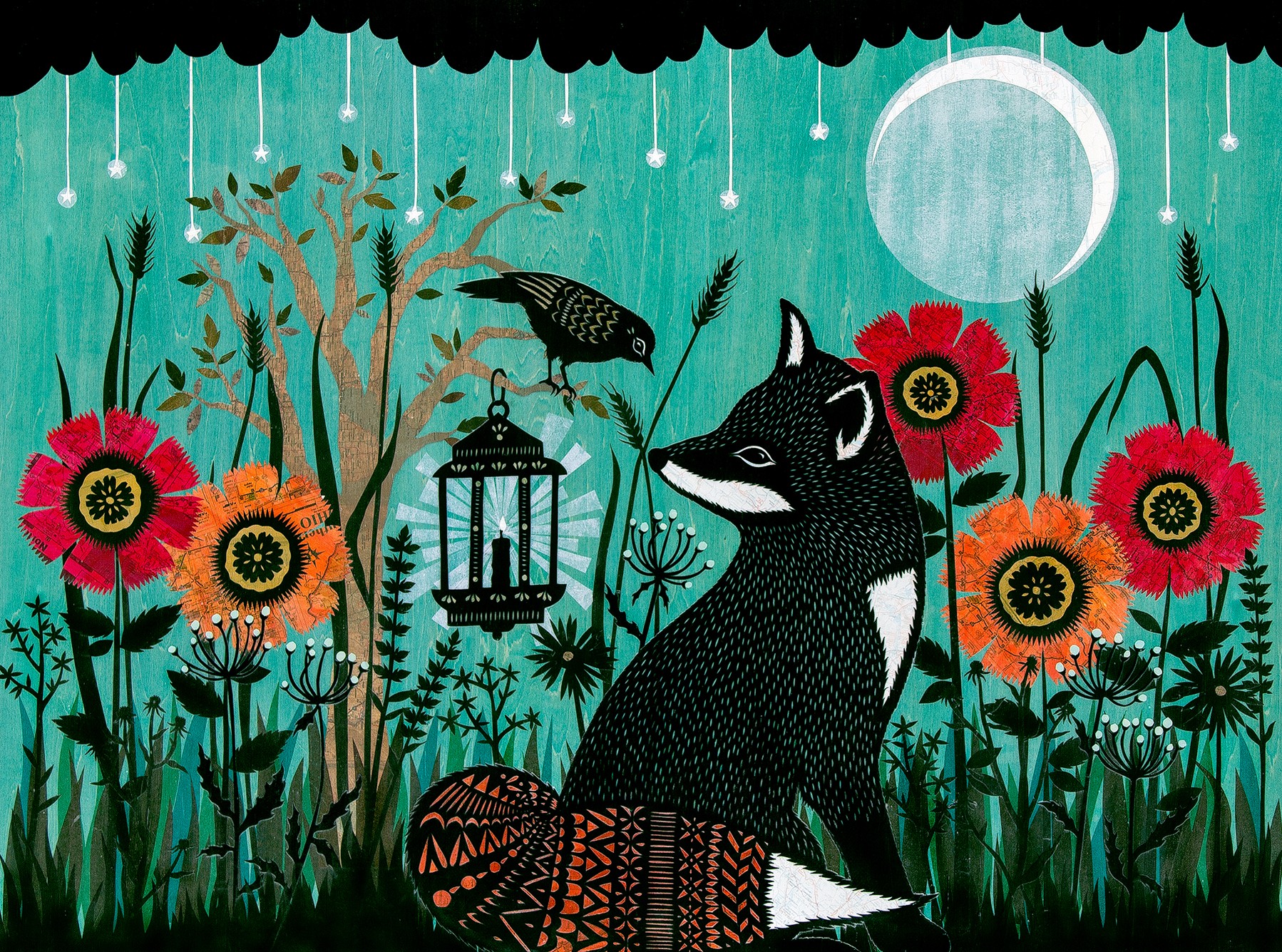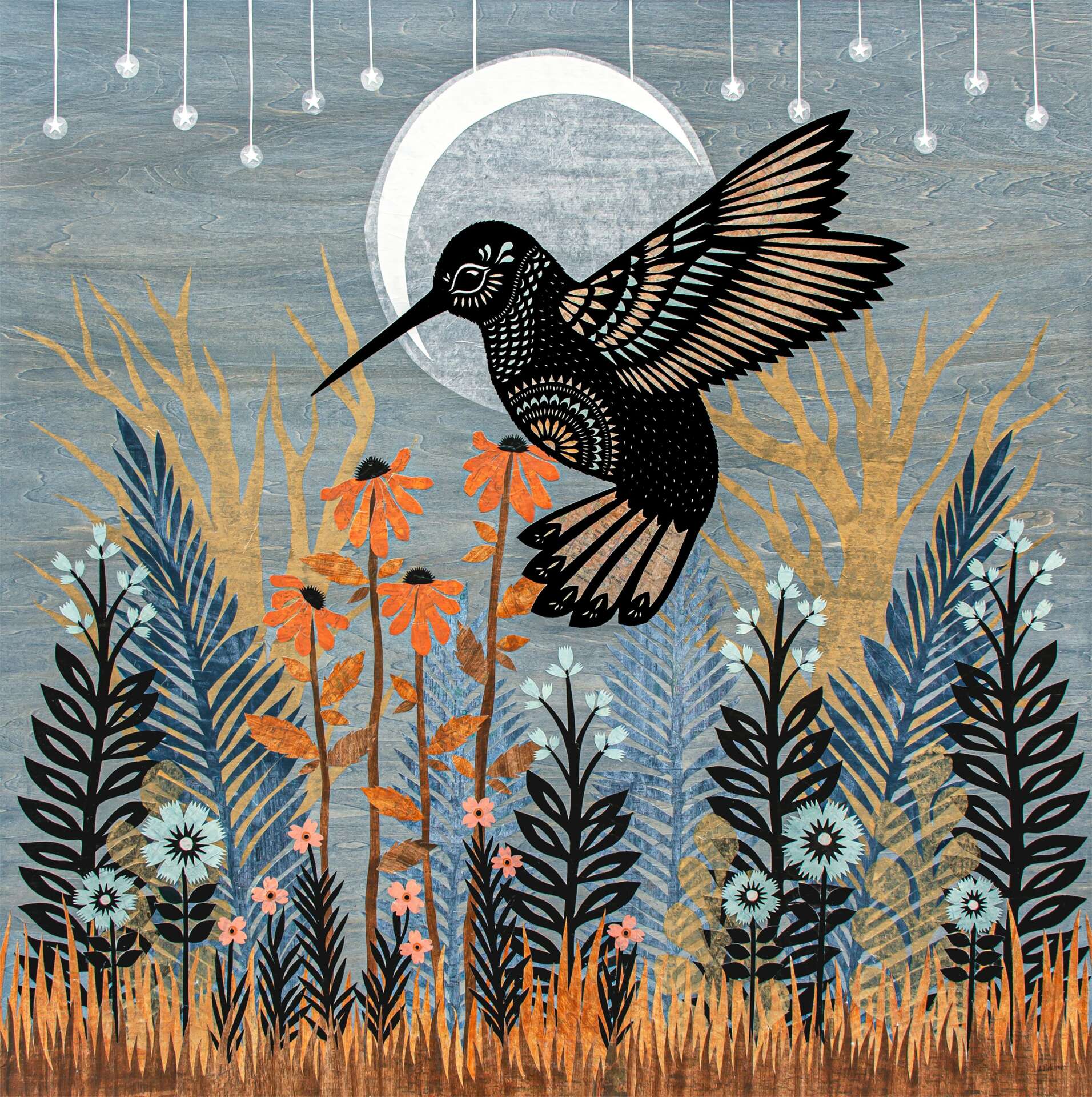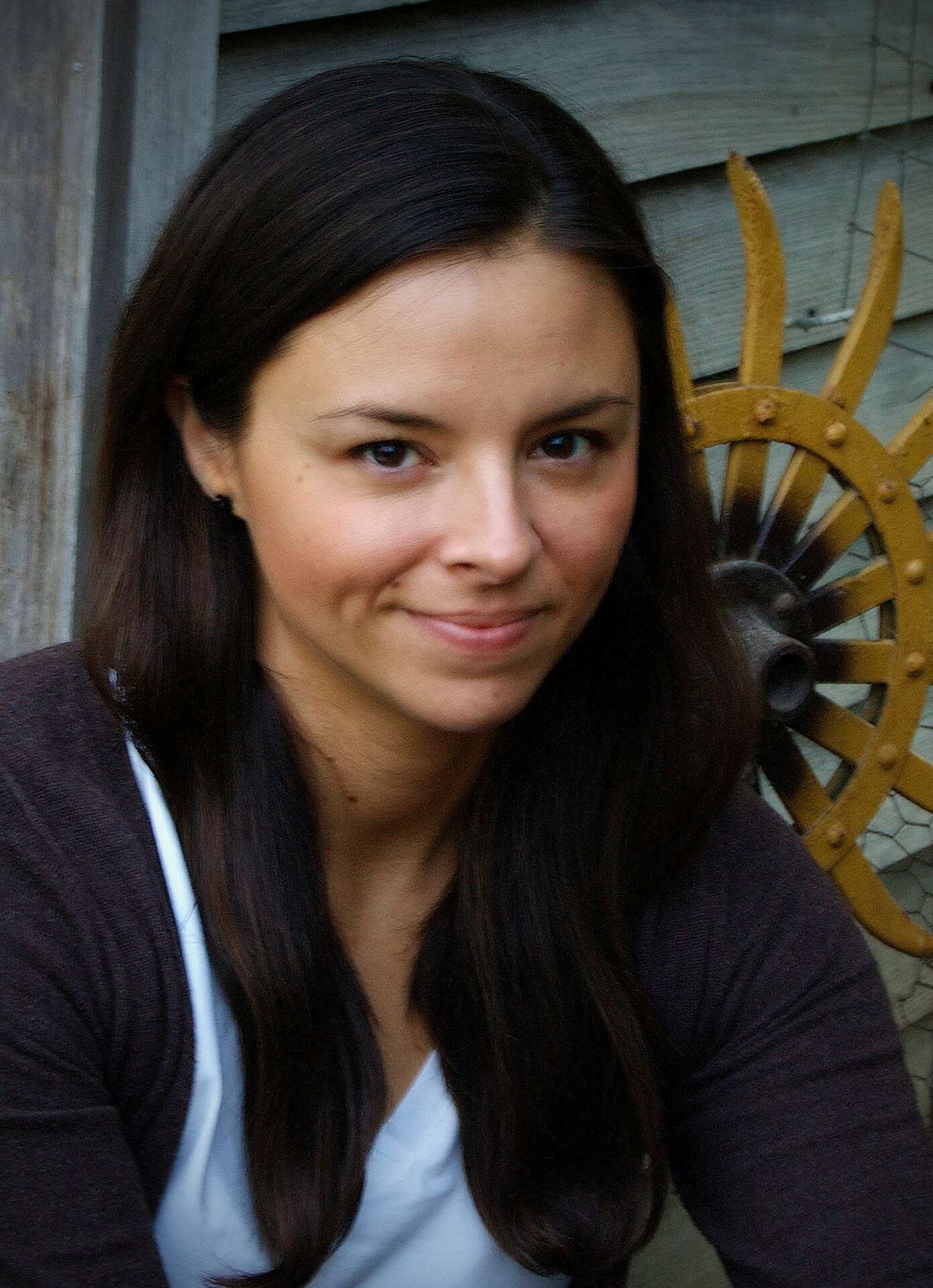We caught up with the brilliant and insightful Angie Pickman a few weeks ago and have shared our conversation below.
Angie, appreciate you joining us today. Can you talk to us about how you learned to do what you do?
I remember, as a child, always having the idea that I wanted to be an artist when I grew up. I enjoyed taking art classes in high school and college, but I always had a sense of frustration because I never felt very comfortable with any of the traditional mediums that we were working in. During grad school, I started to get into animation and was exposed to the 1926 stop-motion cut-out animation, “Adventures of Prince Achmed,” by Lotte Reiniger. I can remember, as I watched it for the first time, a mysterious feeling of familiarity as if it was something that I had been looking for my whole life. I immediately decided my thesis project was going to be an animation using similar techniques, and once I started cutting subjects and scenery out of paper, I knew for sure it was “my thing”. It felt so natural and effortless. Things that I struggled drawing became exactly what I wanted them to be in paper cuttings. There didn’t even seem to be a learning process. It was as if it was always there and I just had to figure that out. After grad school, I worked in a completely different field for a few years, but came back to paper cutting while once again experimenting with 2-dimensional art, and I haven’t stopped since. The only obstacles standing in my way were my other obligations to what I was doing at that time, but over the course of a year or so, I was able to make the switch (while making lots of other very big life changes) and it didn’t take me long to go at it full-time. I’ve been a full-time cut paper artist for close to 15 years now and my work has evolved quite a bit in that it has gotten larger and more detailed and colorful, but my technique and subject matter still remain mostly the same.



Angie, before we move on to more of these sorts of questions, can you take some time to bring our readers up to speed on you and what you do?
When I started out, I was posting my art on Myspace, and that led to a few small jobs that gave me more confidence to really start putting myself out there. I continued to make original art but began making reproductions in the form of prints, greeting cards, and pin-on buttons, and found the art fair circuit was a great place to get it all out into the public’s view. I didn’t have much of a start-up budget, and this made me appreciate affordability, so one of my business mottos to this day is to have something for everyone. I’m lucky to have an incredibly wide, diverse audience, and I want anybody that wants to take something home with them to be able to regardless of their economic situation. I’ve continued to do art fairs over the years but also have an online store, a studio with a storefront, and I consign and sell wholesale to other retailers. I also license my work and do commissions as well as design work. I like to keep a “diversified portfolio” because there’s ebbs and flows in each area throughout the year, and I manage to stay busy year round this way. Plus, it keeps things interesting for me!
I suppose the thing that I am most proud of is that I had this dream to be an artist, ever since I can remember, and I’ve made it happen despite tons of doubts and obstacles along the way. I’ve always written down my goals and aspirations, and its very fulfilling to look in my journals and sketchbooks from years ago and realize that I’ve accomplished things that at that time were only a wish.
Is there mission driving your creative journey?
I have two ultimate goals. One is to bring forth ideas in my mind in the form of visuals that take me back a sort of child-like presence in nature when everything was a novel, magical experience. I love getting to share these visions with the world and often hear from others that my work makes them think of their childhoods and/ or makes them feel happy. I’ve always had a desire for everybody around me to be happy, so that brings me to my second ultimate goal: to contribute something to the world that results in smiles and positive emotions.



Is there something you think non-creatives will struggle to understand about your journey as a creative?
I often hear people say “I don’t have a creative bone in my body”, but I think there is an artist inside everybody. I think society has led most of us to believe that art is something you do in preschool and that adults trying to make a living at it are starving. They haven’t given themselves the chance to find that creative bone post childhood. I struggled quite a bit with the idea of being an artist. I always put the idea second in line. In college, I majored in business and minored in art. In grad school, I went in with the idea of doing web design thinking that would just be creative enough to satisfy me but practical enough to get a job afterward. After grad school I thought, if I open a restaurant and make lots of money, I can retire early and make art all the time. I can tell you now that opening a restaurant is incredibly expensive and exhausting if that is not your passion. I was beyond broke, but having all that experience of working as hard as I could and subsequently failing and living to tell about it, made me realize that I had nothing to lose. I knew working hard as an artist would never feel as difficult as working as hard as I did with the restaurant, and I’d be selling myself short if I didn’t try.
Contact Info:
- Website: http://www.ruralpearl.com
- Instagram: http://www.instagram.com/angiepickman
- Facebook: http://www.facebook.com/cutpaperart
- Twitter: http://www.twitter.com/ruralpearl
- Youtube: http://www.youtube.com/ruralpearl


